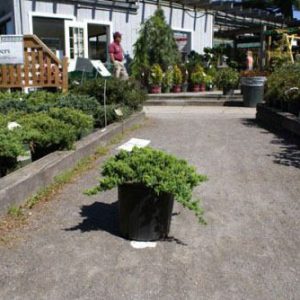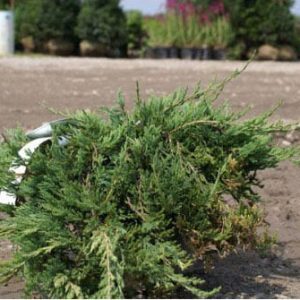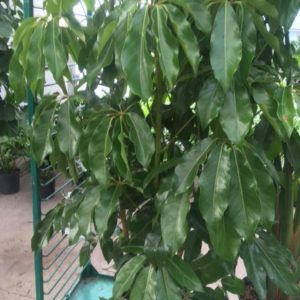Description
Carex – Sedge –
There are over 1500 species of deciduous and evergreen, rhizomatous, clump forming or tufted perennials, in this genus. They occur from temperate and arctic zones, as well as high altitudes in tropical regions, mostly in the Northern Hemisphere. Most species occur, in bog, moorland, or damp woodland, or by water. Sedges are grown for their variegated or colorful foliage, although some species have attractive catkin-like spikes. The general grass like leaves are usually sharp edged, linear, 3 ranked, and with leaf bases sheathing the triangular stems, which are solid and without nodes. Sedges are mainly monoecious, occasionally dioecious, and bear panicles of small, grass like flowers in short spikes. There are sedges for every site in the garden.
Grow in Fertile, moist but well drained soil in sun or partial shade.
In summer, cut out any dead leaves on evergreen species. Divide between mid spring and early summer.
Prone to rusts, smuts, fungal leaf spots, and aphids.
C. ‘Fraseri’ – Cymophyllus fraseri – This very broad, deciduous perennial from the Appalachian Mountains of Eastern USA produces leaves about 1″ wide and mostly 10-18″ long, which emerge only after the flowering stems have elongated in spring and with only one leaf to each stems.
Zones 5-9





